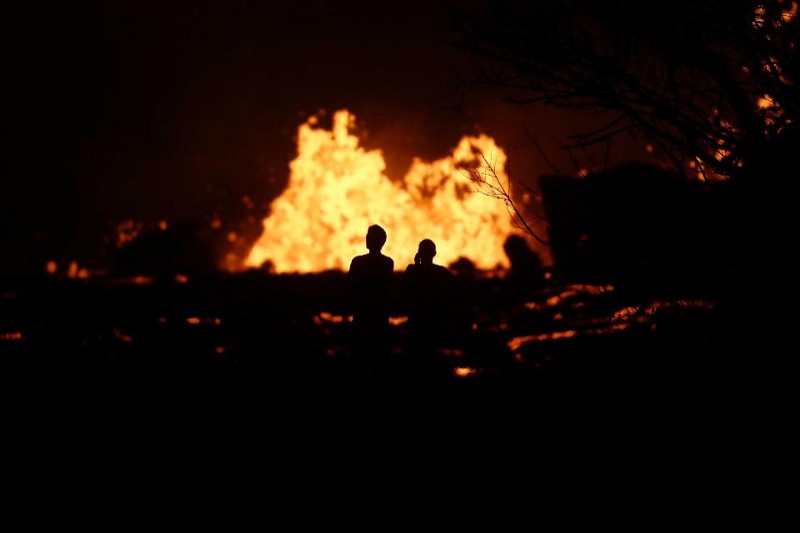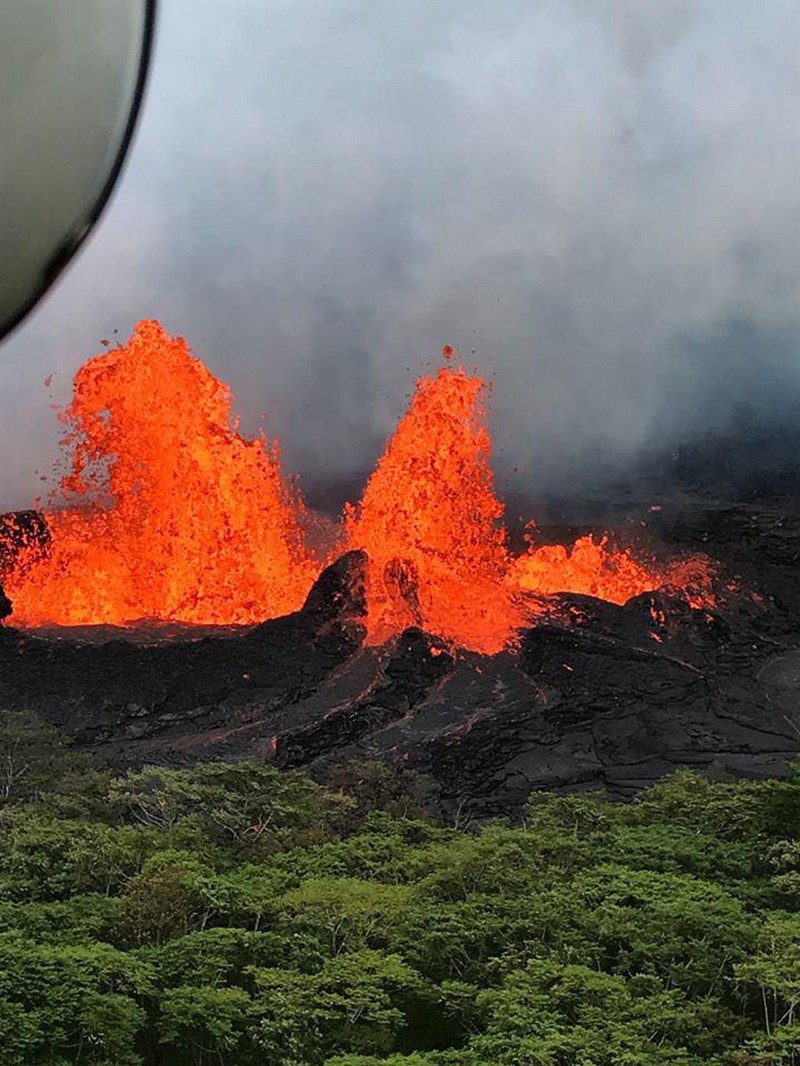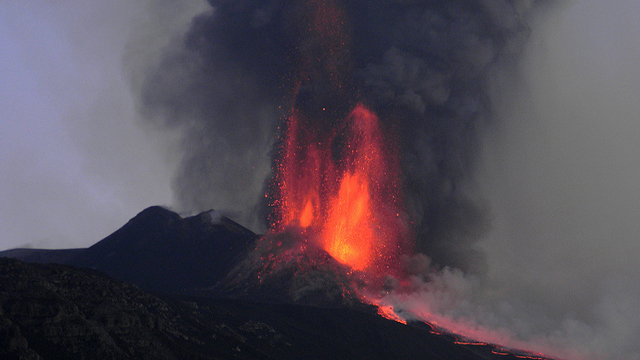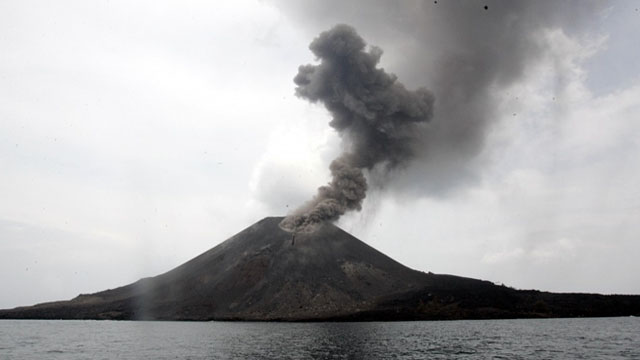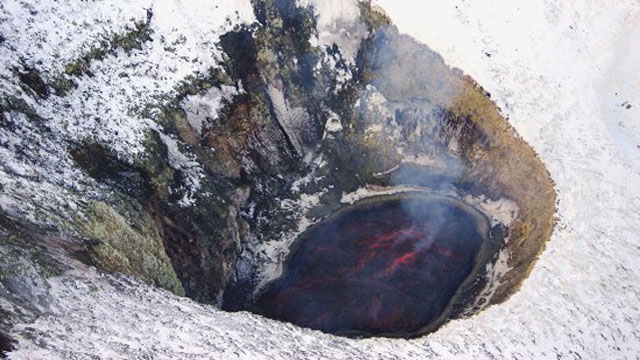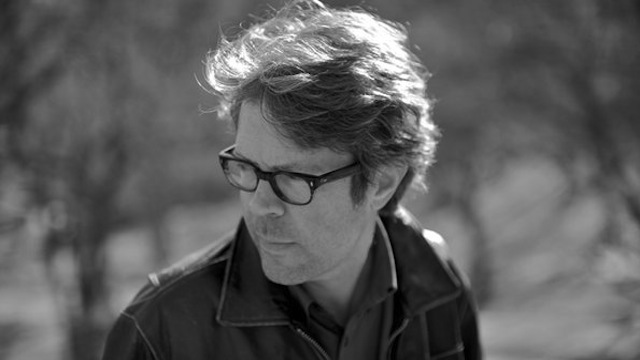Tuesday Tidbits: Drilling into the Campi Flegrei caldera (revisited), Middle Eastern volcanoes and Planchon-Peteroa from space and more Eyjafjallajökull

Sorry about the lack of posts today – I’ve been trying to get over a nasty headcold and my ability to concentrate on much has been less than great. So, I’ll post some tidbits of news I’ve run across as I recover:
Drilling into Campi Flegrei: It seems like the story about the potential hazards of drilling into Italy’s Campei Flegrei will never die. Researchers lead by Dr. Giuseppe De Natale plan to drill 13,000 feet into the active magma chamber (they hope) of the caldera system and I’ve posted twice about how this is not likely to prompt an eruption. However, Naturehas now jumped on the bandwagon of the potential hazards of this project – but now the angle is fears of an earthquake being generated. This fear might be more realistic, as drilling in geothermal fields has been known to generate seismicity – but again, there is a lot of fear-mongering going on concerning this project even though the geologic data that could be collected might help better understand this very dangerous caldera.
Syrian Volcanism: The NASA Earth Observatory posted a great image of the Es Safa Volcanic Field in Syria – an area of recent (geologically) volcanism I was not previously aware. There are a number of volcanic fields on the Arabian Peninsula – and we followed the seismicity in Saudi Arabia in 2009 that looked like it might have been heading for a new eruption at Harrat Lunayyir. Es Safa last erupted around 1850 and typically erupts basaltic lava flows – and the dark lava flows are plainly visible in the NASA EO image.
Planchon-Peteroa’s Plume: Another brand new NASA Earth Observatory image shows the plume from the revived Planchon-Peteroa in Chile. You can see some of the ash from the recent eruptions on the snow to the southeast of the active crater. The latest SERNAGEOMIN update (spanish) says that the eruptions have been phreatomagmatic in nature so far (see image of the crater below), but this is a common occurrence as magma rises up a volcanic conduit and interacts with meltwater or groundwater.

The crater of Planchon-Peteroa in Chile, taken September 13, 2010.
Eyjafjallajökull’s Impact: There has been ongoing discussion on Eruptions about the current activity at Eyjafjallajökull. The volcano has been relatively quiet since the beginning of the summer, but the eruption has yet to be declared “over” by the Icelandic Met Office. Eruptions readers have noticed changes in the steam plume on the Eyjafjallajökull webcams. However, the debate over the airspace closure due to the April 2010 eruptions continues in Europe – and likely won’t be resolved before another eruption repeats Eyjafjallajökull’s mess. Of course, discussions like this – trying to compare the eruption with the BP oil spill – are a little ridiculous. However, one cool spinoff from the eruption and the airspace closure is the magazine Stranded, filled with stories that happened as the eruption wreaked havoc to European air travel – a great combination of volcanism and human culture well worth checking out.
